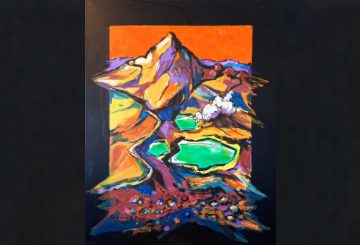普伦蒂湾地区委员会正计划升级华卡塔纳的防洪措施,该项目定于2024年1月启动。该项目名为Future Proof,旨在更换或改善华卡塔尼河沿岸现有的防洪屏障。这包括从麦卡利斯特街泵站到穆里瓦伊大道游乐场的区域。
洪水是奥特亚罗瓦常见的自然灾害,大约每八个月发生一次大洪水。工程经理马克·汤森德(Mark Townsend)强调了防洪在降低重大洪水事件对人员、财产和生计的风险方面的重要性。他解释说,需要升级当前的防洪措施,以应对当前的天气事件和未来的气候变化的影响。
该项目之所以必要,主要有两个原因。首先,修复存在 “渗漏” 的区域,即河水位较高时水流过防洪屏障。尽管一些渗漏有利于缓解屏障内的压力,但不受控制的渗漏可能导致屏障倒塌,危及人员、财产和生计。其次,该项目旨在适应更频繁和更严重的洪水事件所带来的挑战。
在2040年之前,防洪措施必须能够承受重大洪水事件,也称为1%的年度概率事件(AEP)。这需要升级防御措施,以保护城镇免受未来气候变化的影响,例如降雨量增加和海平面上升。
该项目的第一阶段将于2024年初开始,重点是从麦卡利斯特街泵站到iSite的区域。现有的防洪屏障的规模将扩大或更换。这将涉及将大型钢板堆放入地下形成一堵墙,然后墙壁将被混凝土板覆盖。隔离墙的高度将从0.6米到最大1.7米不等。
该项目还包括改善行人和车辆进入沃伦·科尔步道和游艇俱乐部停车场的通道。该委员会正在与华卡塔尼区议会和Te Rünanga o Ngáti Awa合作,创建一个功能齐全的海滨空间,该空间可以承受恶劣天气事件,同时保持与社区的联系。
欲了解更多信息,请访问 boprc.govt.nz/future-proof 或通过 engineering@boprc.govt.nz 或 0800 884 880 联系项目组。






























































